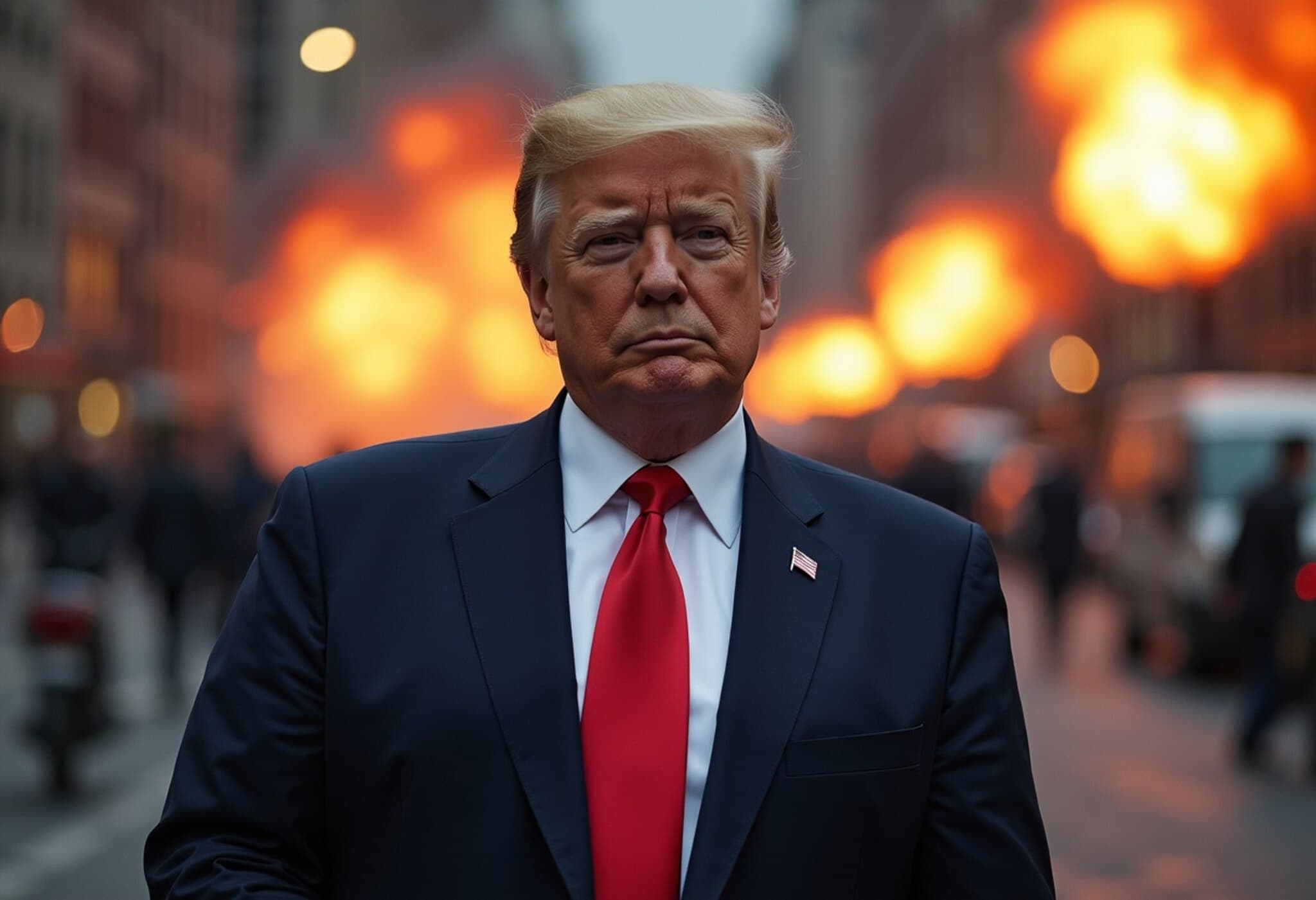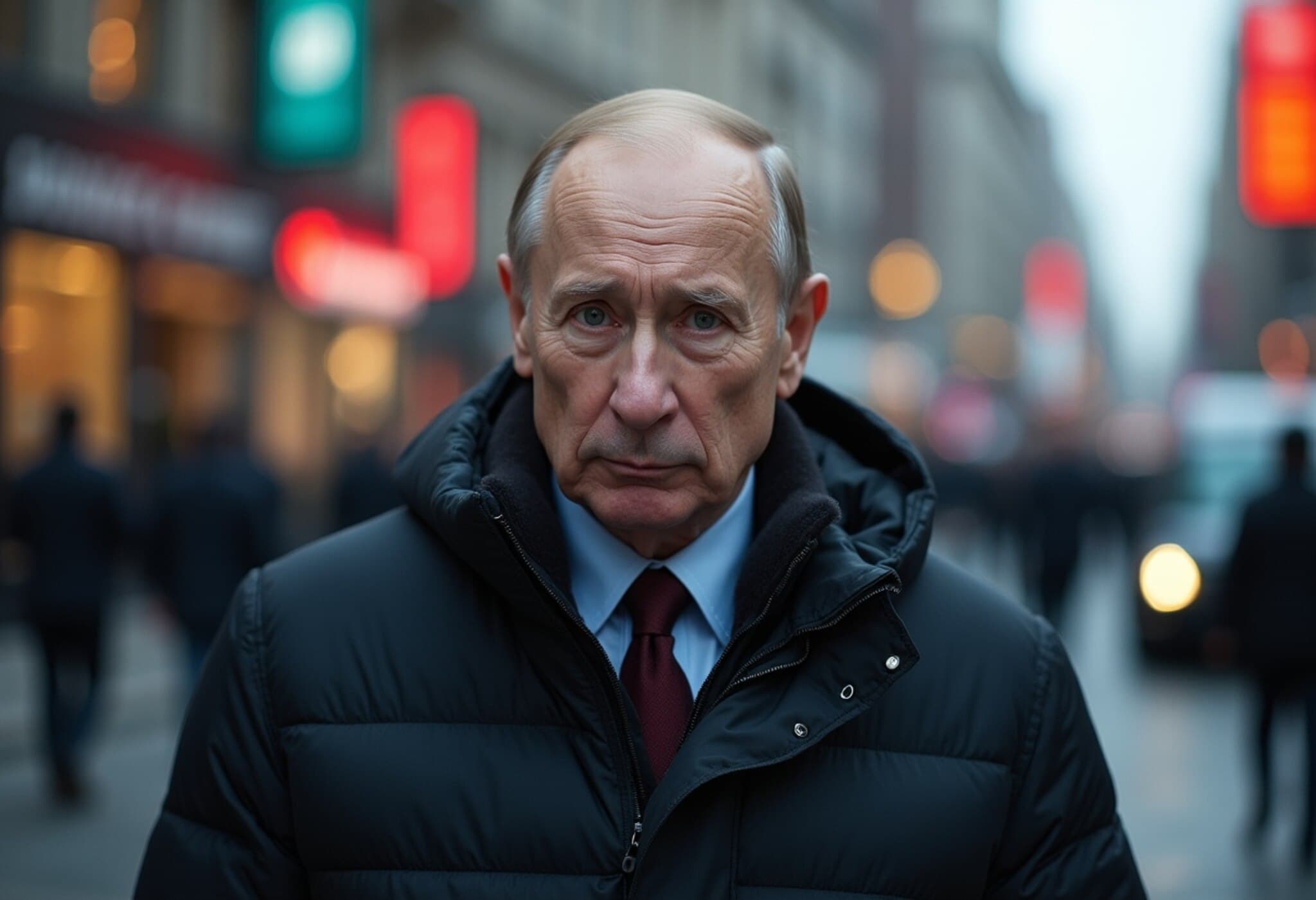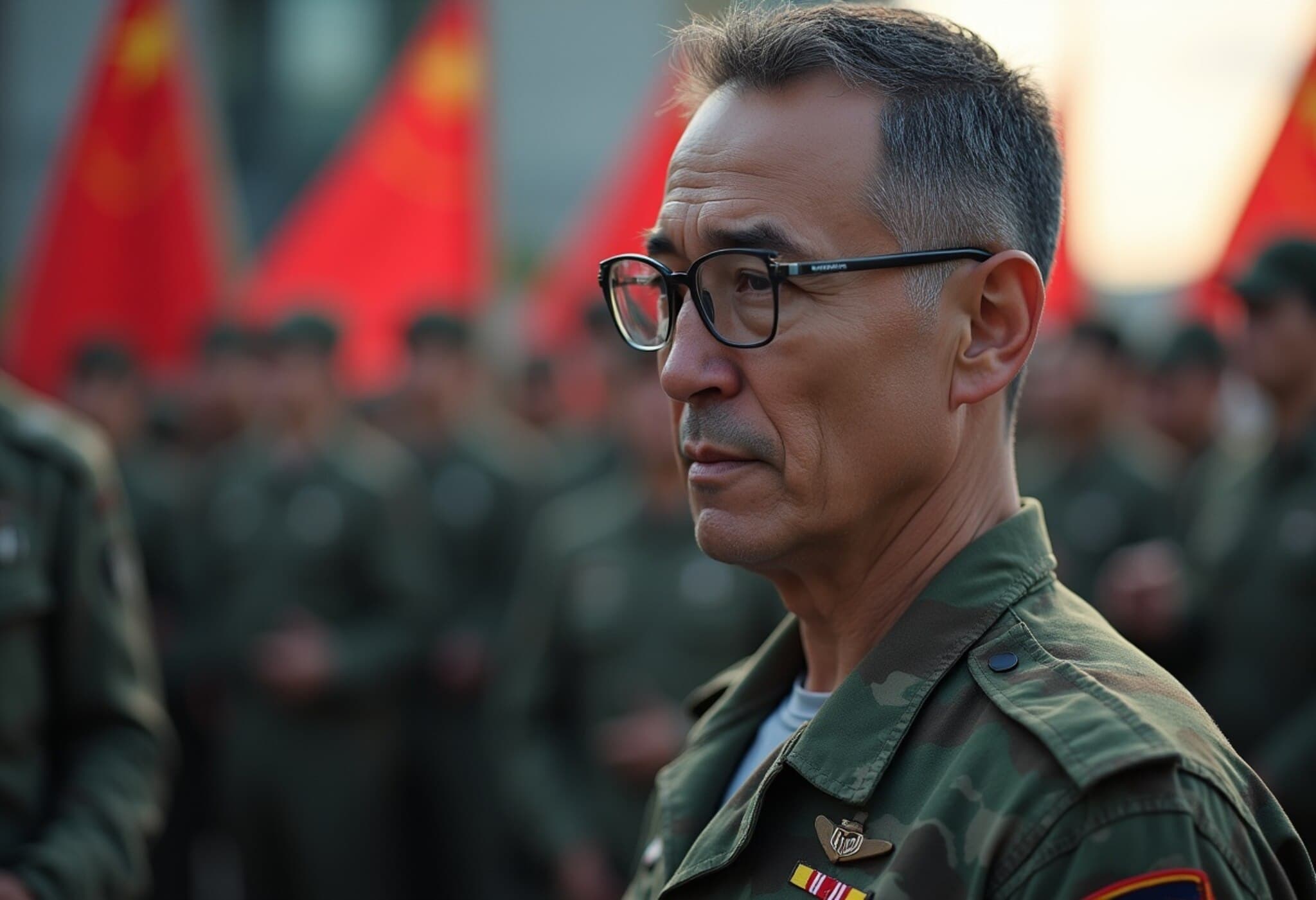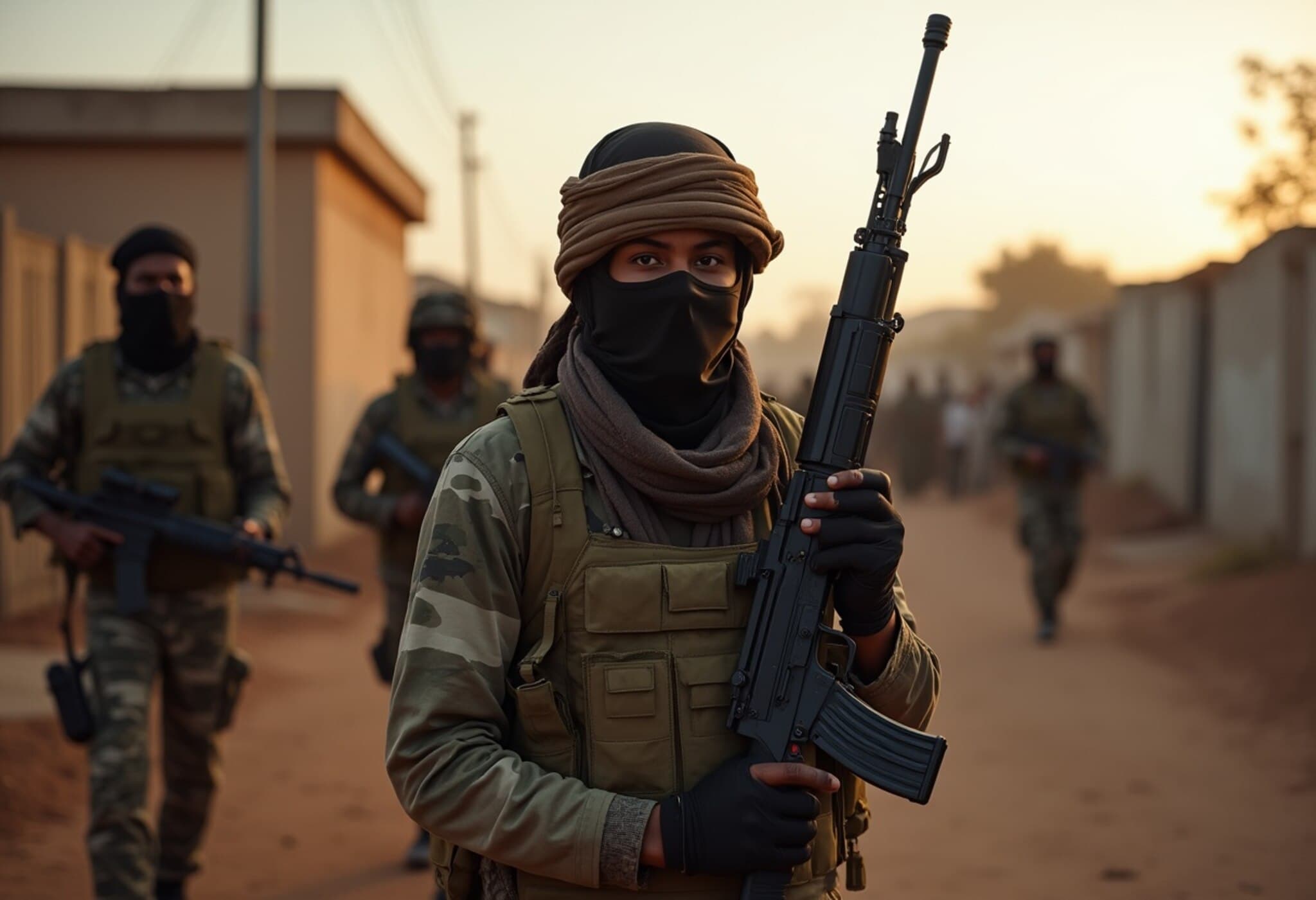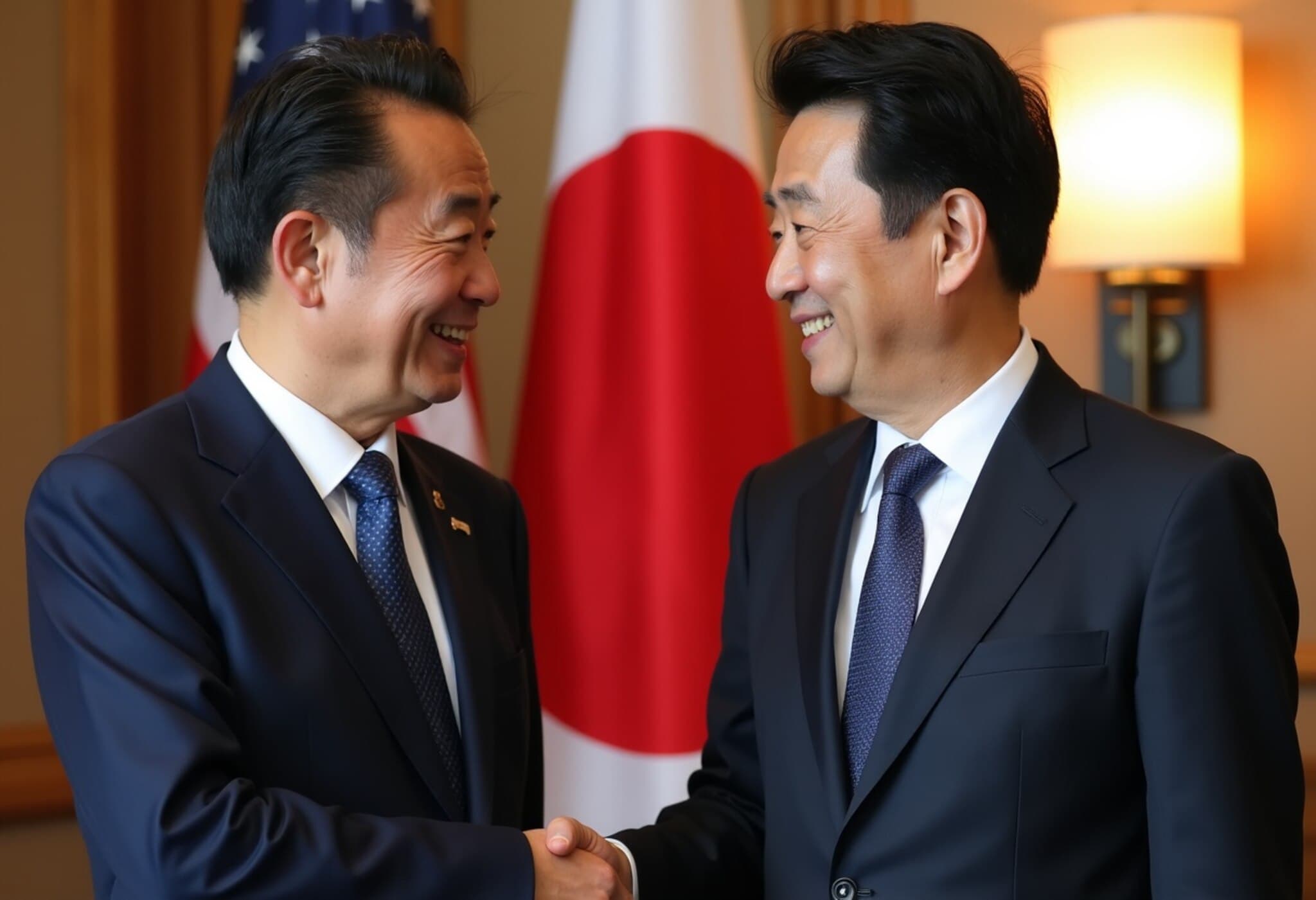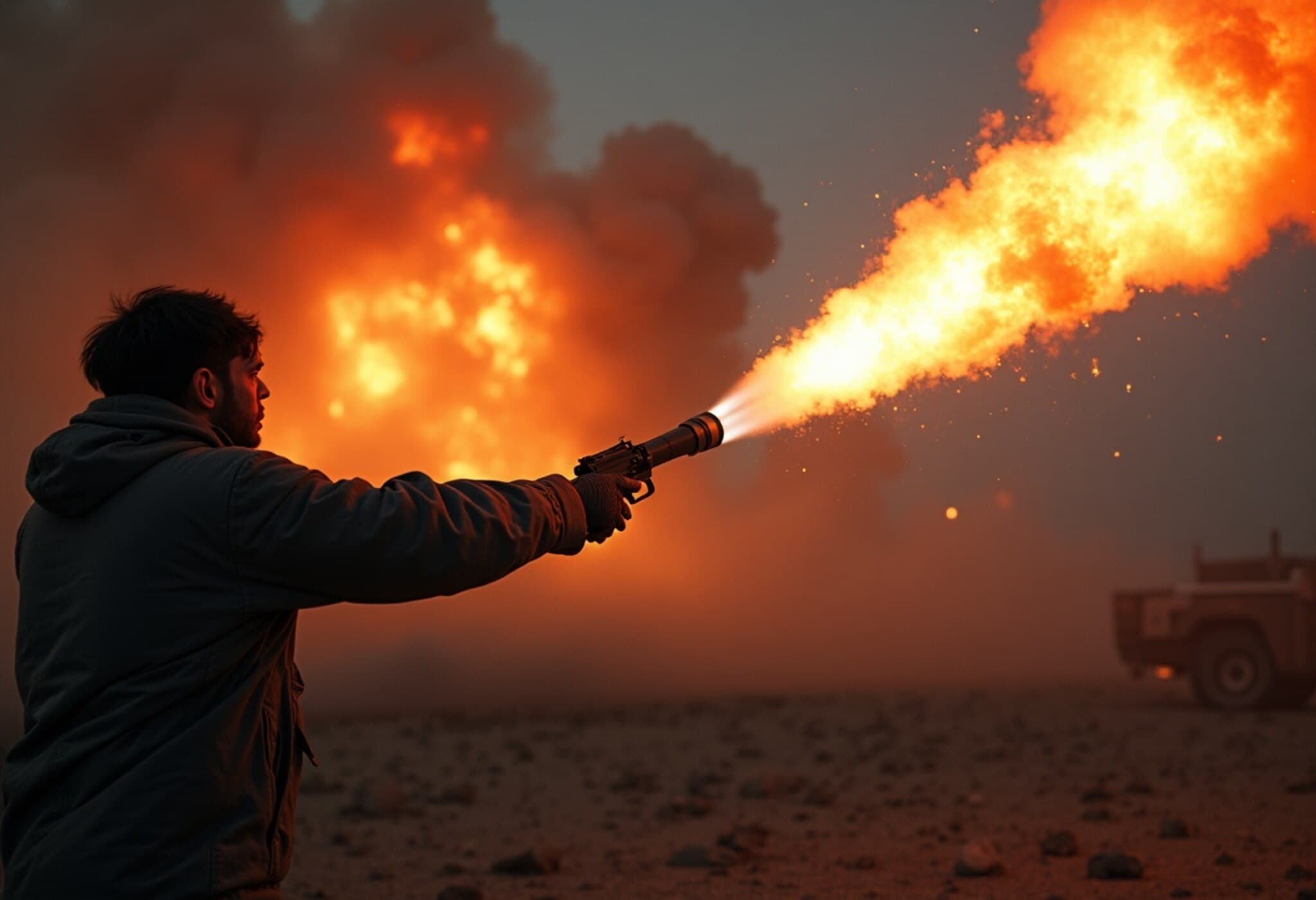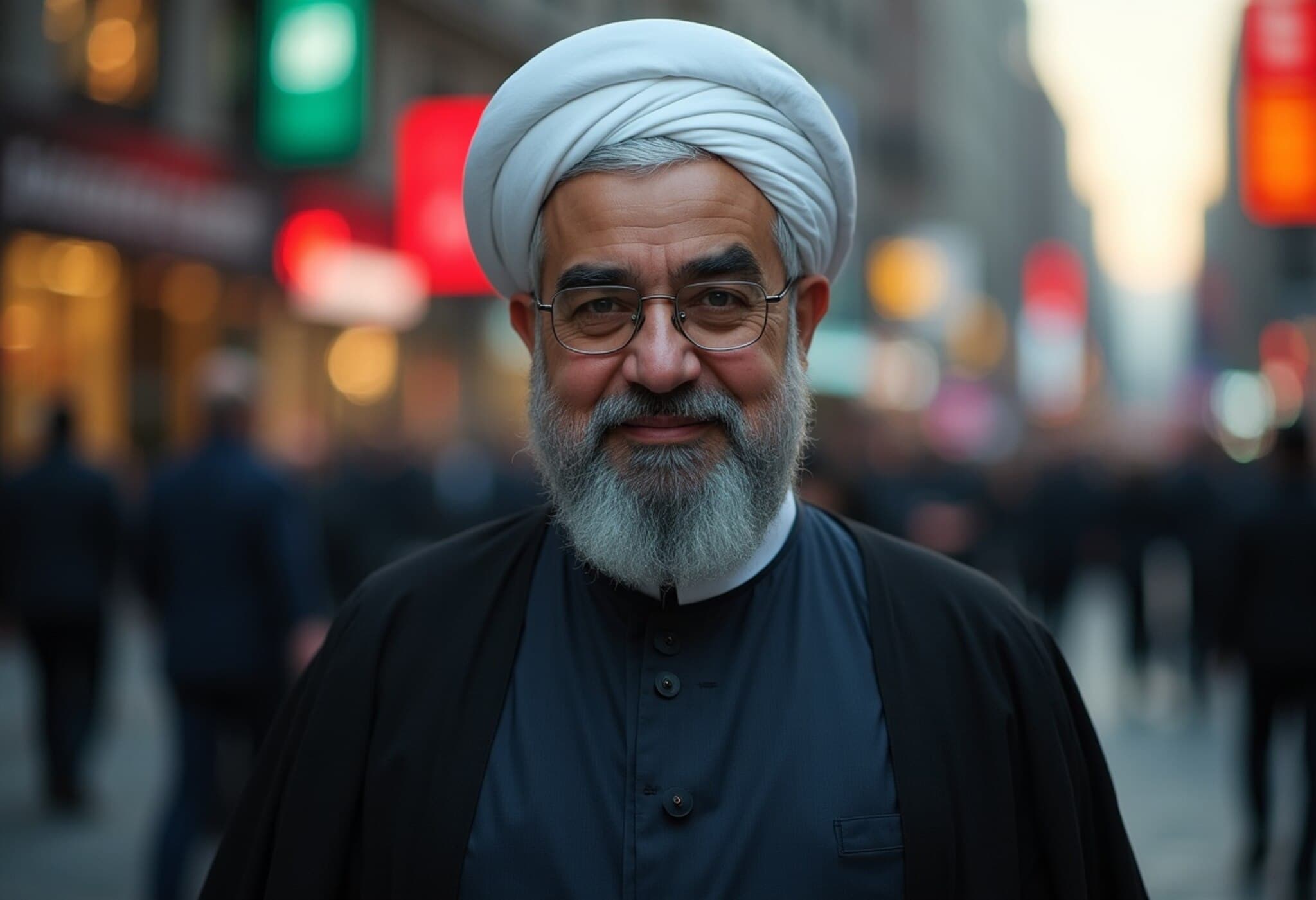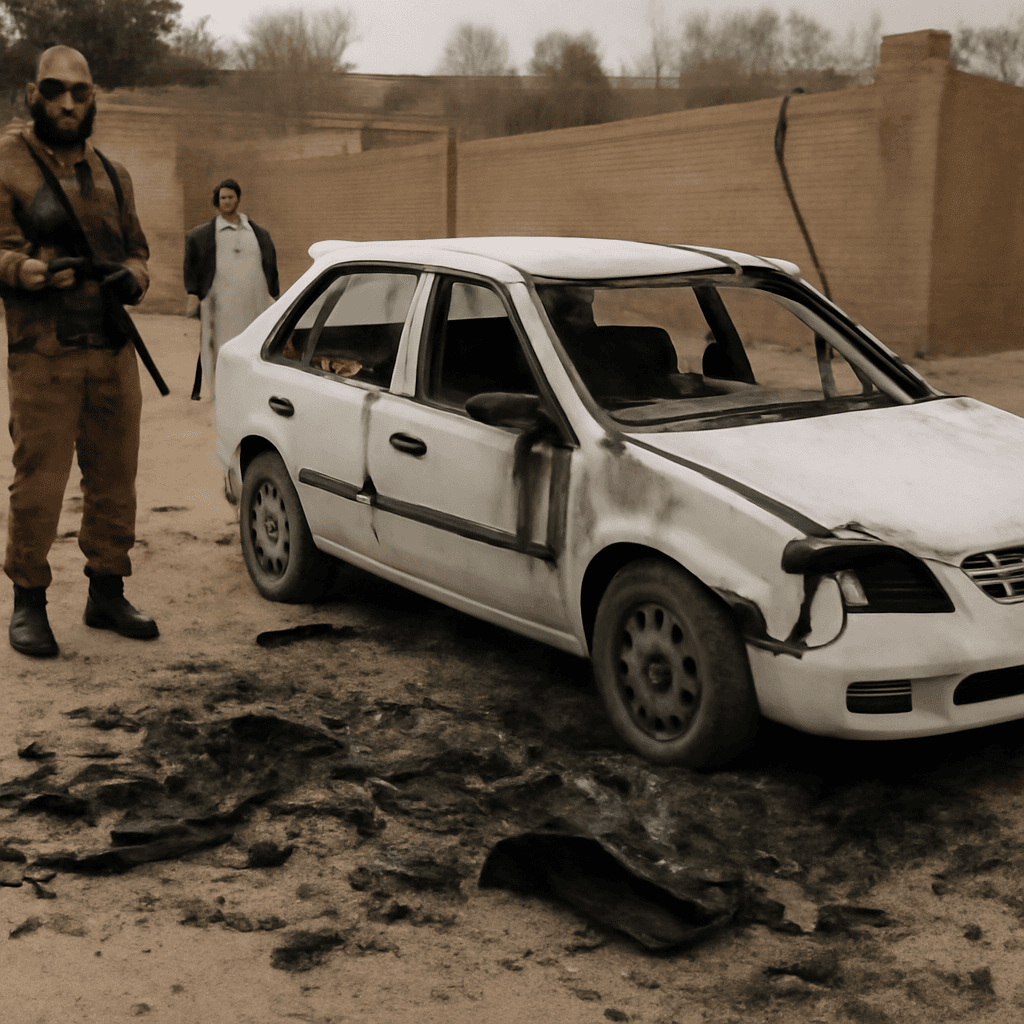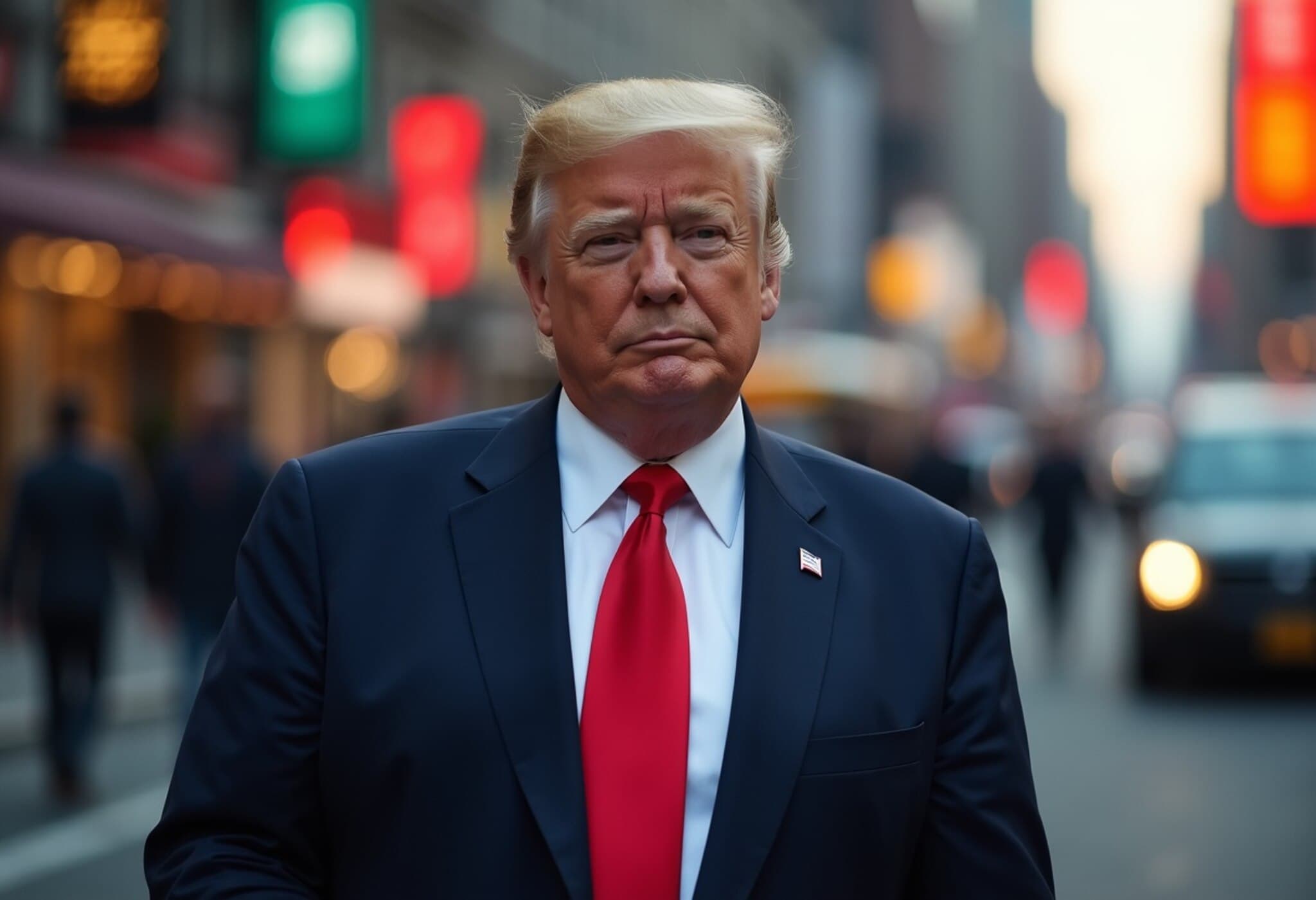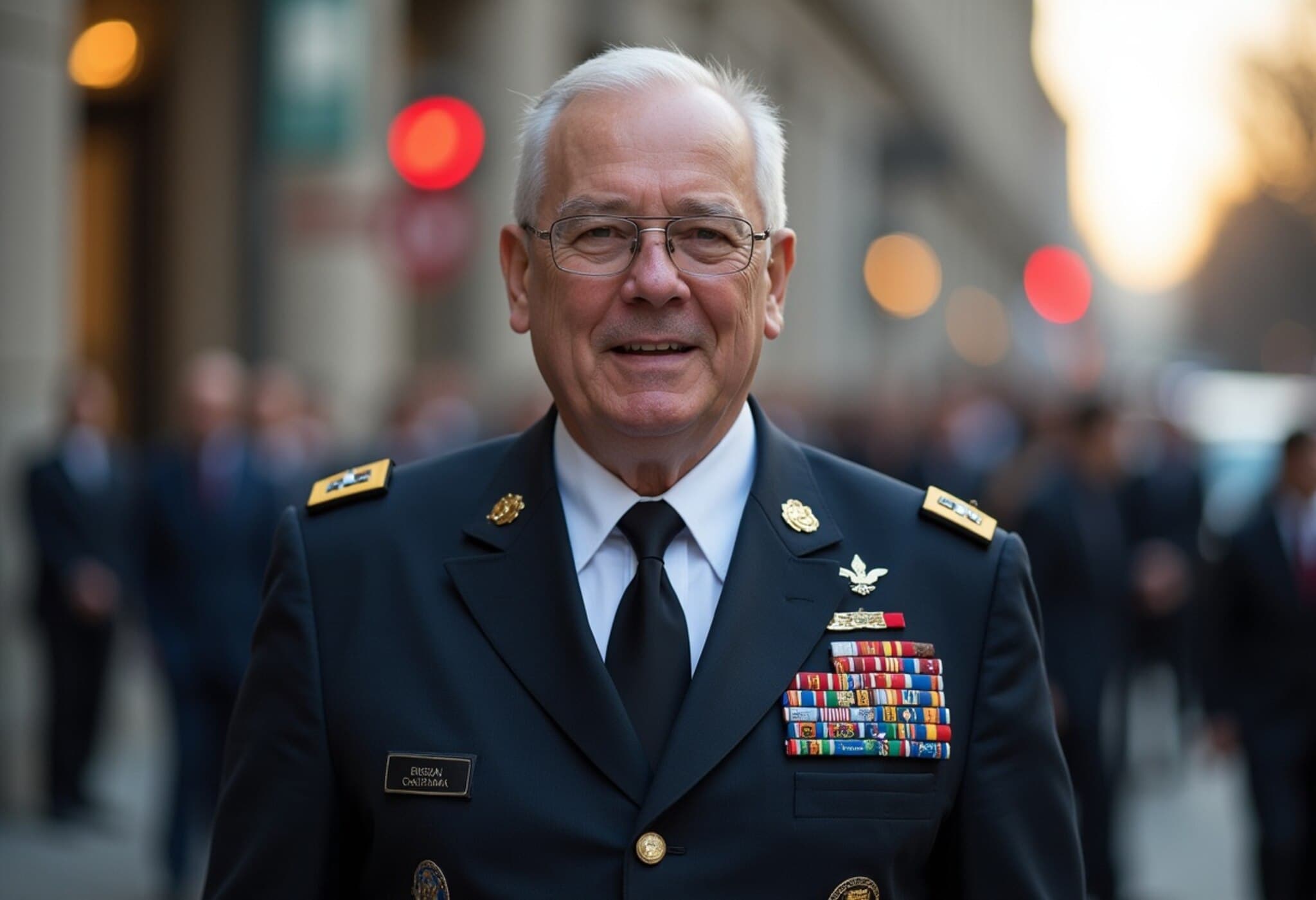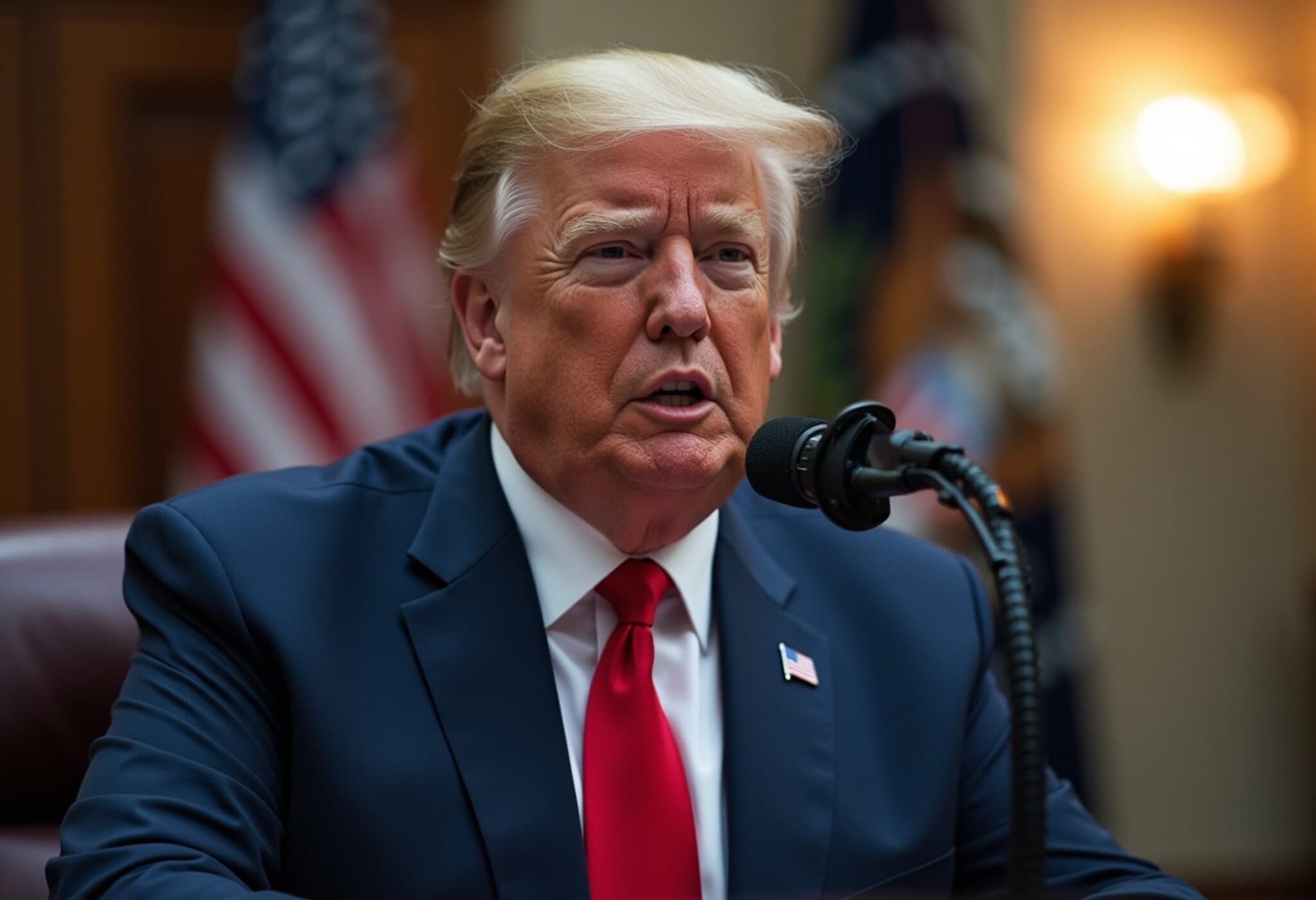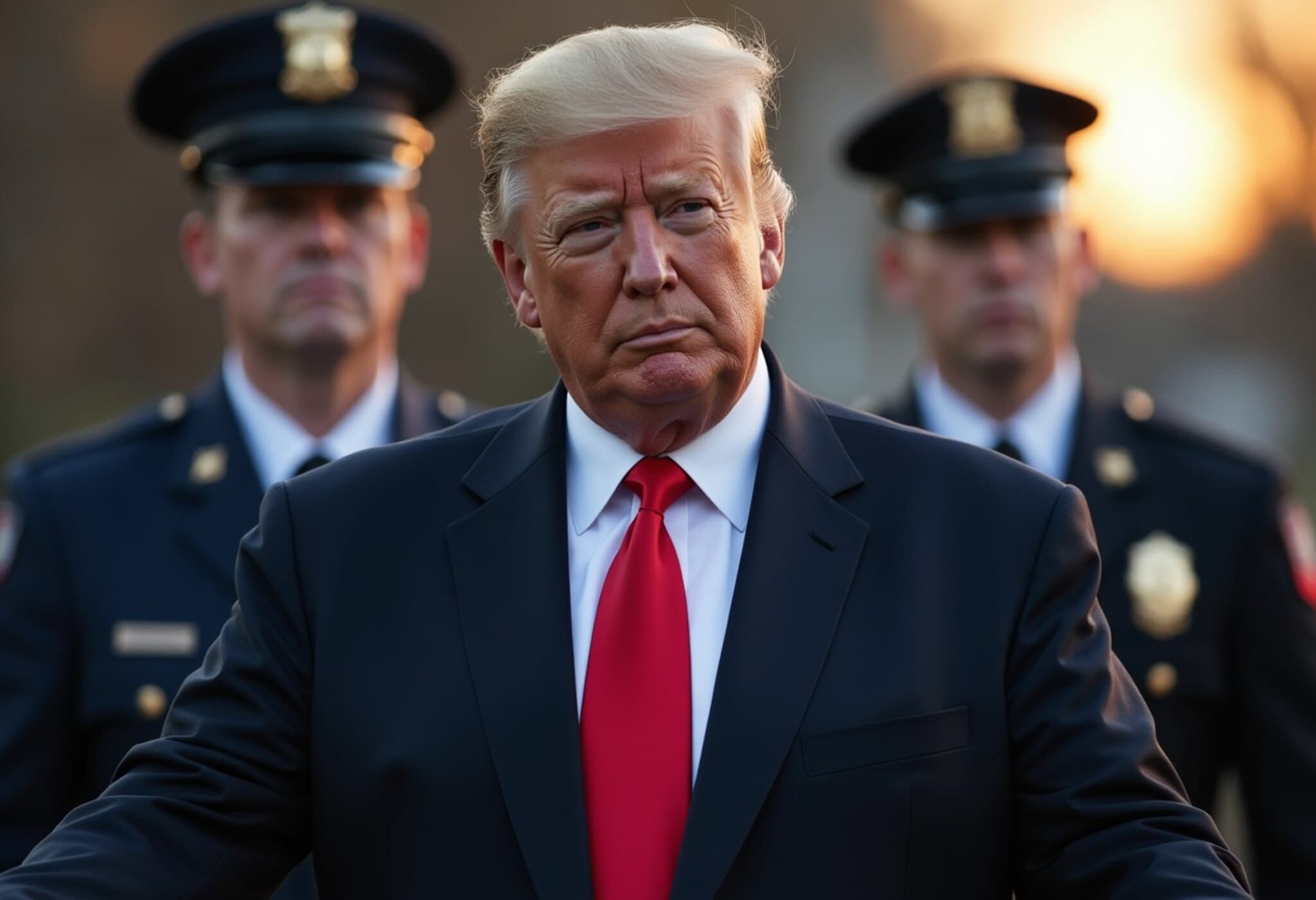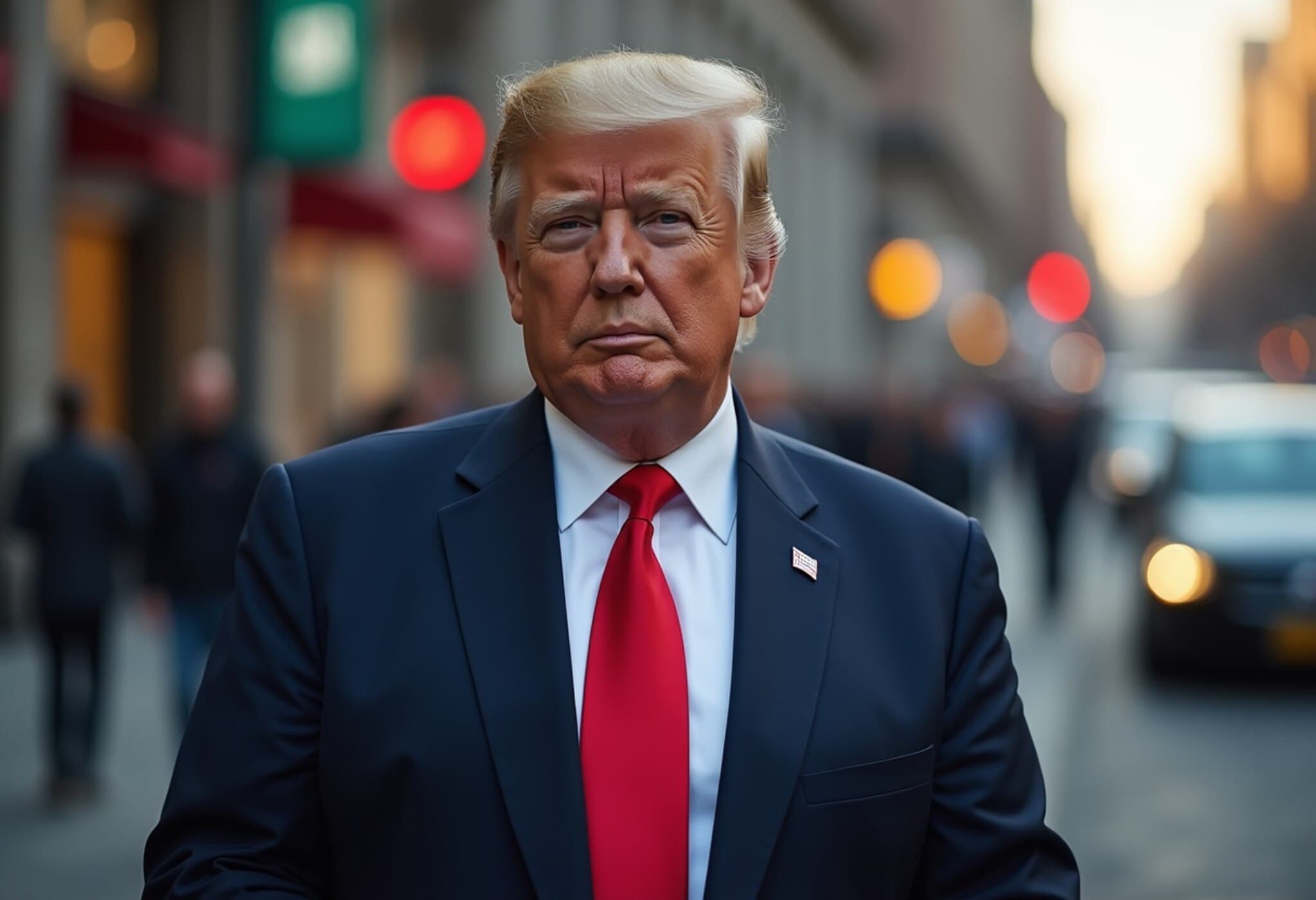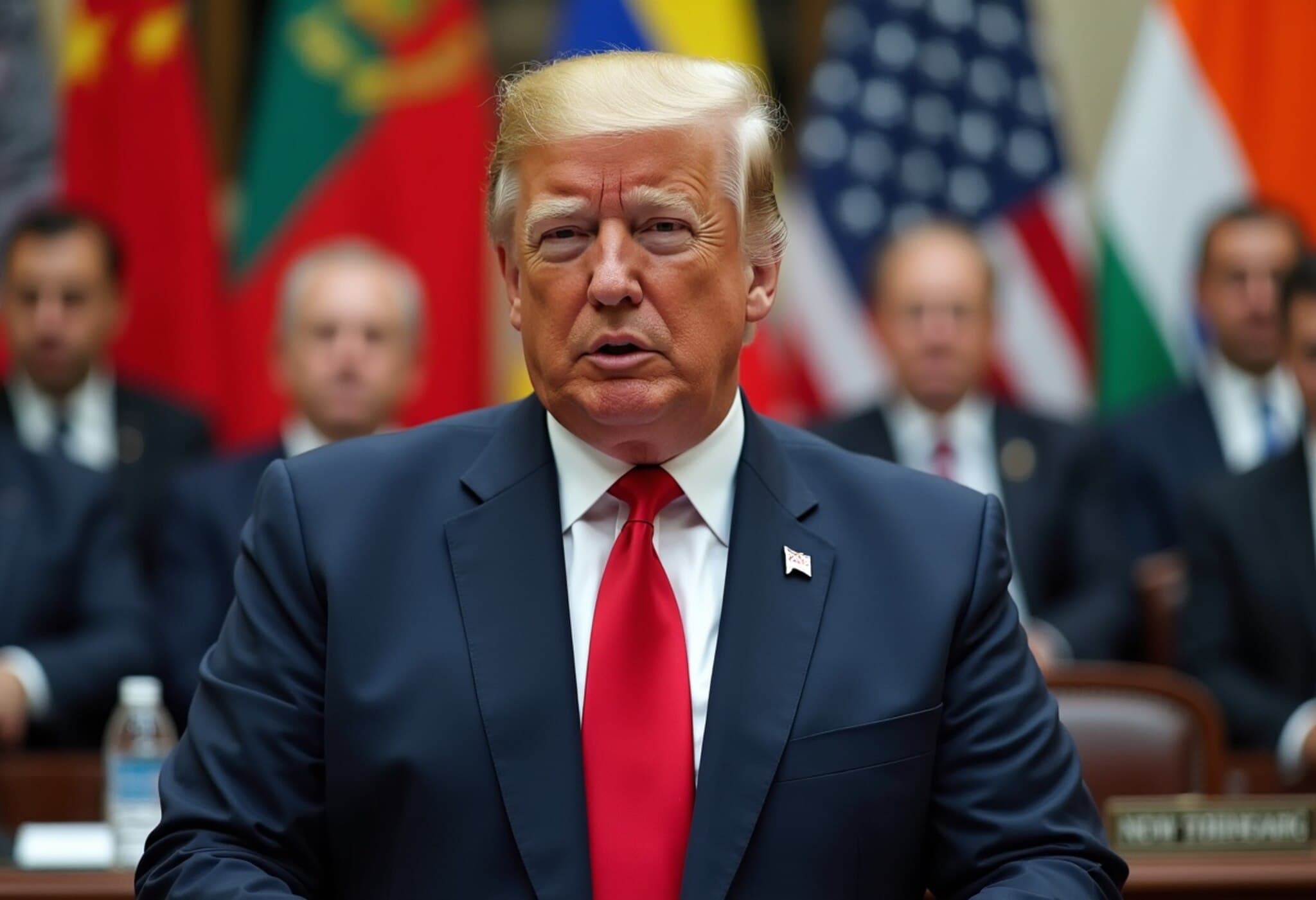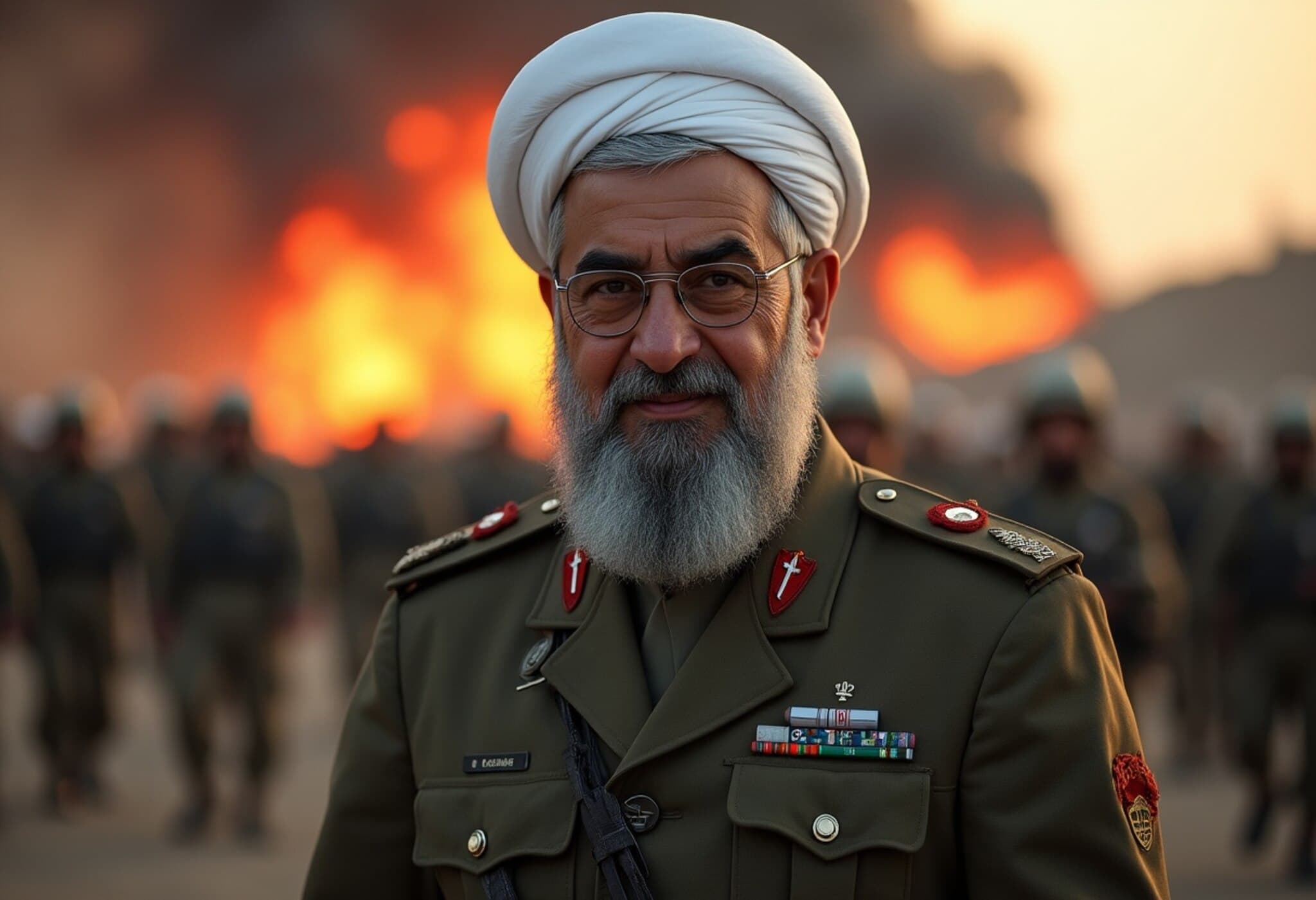From Deterrence to Danger: The Escalation of Global Nuclear Threats Under Trump’s Policies
In recent years, the delicate balance that has long kept the threat of nuclear catastrophe at bay is fraying. A significant driver behind this unsettling shift is the series of policy decisions enacted during former US President Donald Trump’s administration, which many experts argue have dismantled decades of painstaking nuclear arms reduction and non-proliferation efforts.
The Unraveling of Arms Control Treaties
A cornerstone of 20th-century nuclear diplomacy was the establishment and maintenance of key arms control treaties, designed to limit both the number and deployment of nuclear weapons. Trump’s administration notably withdrew the United States from several pivotal agreements:
- The Intermediate-Range Nuclear Forces (INF) Treaty (2019): Originally signed in 1987 between the US and the Soviet Union, this treaty barred intermediate- and short-range nuclear missiles (ranging from 500 to 5,500 kilometers). Trump's withdrawal reignited a missile buildup race between the superpowers.
- The Open Skies Treaty (2020): Intended to promote transparency by allowing unarmed aerial surveillance flights over signatory countries, the US exit heightened mutual distrust, removing a critical confidence-building measure.
- The New START Treaty (2023): The last remaining arms control pact between the US and Russia lapsed under Trump’s tenure without renewal, lifting limits on deployed strategic nuclear warheads and delivery systems.
These treaty withdrawals eliminated important constraints, amplifying the risk of miscalculation and unrestrained nuclear modernization.
Heightened Tensions and Dangerous Sabre-Rattling
The geopolitical atmosphere has been volatile. Russia, responding to US nuclear submarine deployments near its borders, made several alarming nuclear threats. Specifically, Dmitry Medvedev, a close Putin ally, repeatedly issued veiled nuclear warnings over the conflict in Ukraine and even directly provoked the US through social media. This escalation follows a pattern of tit-for-tat aggressive postures, reminiscent of Cold War tensions, but occurring in a more complex multipolar world.
Adding to the volatility is China’s ongoing development of advanced nuclear delivery systems alongside its strategic modernization programs. This multipronged nuclear buildup by major powers risks splintering the longstanding détente that kept nuclear conflict at bay.
Unintended Consequences: Allies Ponder Nuclear Arsenals
Perhaps one of the most alarming repercussions of these disruptions is the shifting mindset among US allies, particularly in Europe and East Asia. Nations traditionally reliant on the US security umbrella—such as Poland, South Korea, and Japan—are increasingly discussing the prospect of developing indigenous nuclear capabilities. Even Saudi Arabia, situated in a volatile Middle East, is reportedly considering similar moves.
This nuclear ambivalence stems largely from perceived abandonment. Trump’s erratic foreign policy and public questioning of alliances—coupled with his withdrawal from security commitments and deals—have bred uncertainty. Countries feeling exposed to potent adversaries like Russia, China, and North Korea now view nuclear armament less as taboo and more as vital insurance.
The Iran Nuclear Deal Fallout and Regional Flashpoints
Trump’s withdrawal from the 2015 Iran nuclear agreement under the banner of “maximum pressure” backfired dramatically. The approach, rather than halting Iran’s nuclear ambitions, pushed Tehran closer to weapons capability, exacerbating tensions in the Middle East and triggering proxy conflicts.
The conflict in Ukraine, spurred in part by these global power shifts, has further demonstrated how nuclear brinkmanship can erupt, dragging multiple nations into conflicts that risk escalation beyond conventional warfare.
Expert Perspectives: The Way Forward
Nuclear expert Dr. Emily Kahn notes, "The dissolution of key arms control agreements doesn’t just remove legal boundaries; it erodes trust among nations, an intangible yet essential pillar of strategic stability." She argues that rebuilding this trust through renewed diplomacy, transparency, and engagement with emerging nuclear states is paramount to avoiding catastrophic missteps.
Similarly, policy analyst Richard Flores emphasizes, "Middle powers considering nuclear capabilities is a dangerous symptom of eroding US commitments. A recalibrated, consistent American presence on the global stage is needed to reassure allied nations and dissuade nuclear proliferation. Without that, the ‘nuclear club’ will inevitably expand."
Conclusion: A Critical Juncture in Nuclear Security
The Trump-era policies have undeniably reshaped the global landscape of nuclear deterrence—moving it closer toward unpredictable territory riddled with risks. The dismantling of arms control treaties, heightened geopolitical tensions, and the nuclearization debates among US allies underscore the fragility of current international security frameworks.
As the world stands at this pivotal moment, what unfolds next depends critically on the willingness of global powers to revive dialogue, rebuild alliances, and recommit to nuclear restraint. Otherwise, the long shadow of nuclear threat may grow longer than ever before.
Editor’s Note
This analysis highlights how policy decisions, often made in short political cycles, can have profound ripple effects on global nuclear stability lasting decades. The resurgence of nuclear tensions calls for renewed, sustained international effort toward arms control and a reinvigoration of multilateral security arrangements. Readers are encouraged to reflect on the enduring importance of diplomatic patience and strategic foresight as we navigate these dangerous waters.

